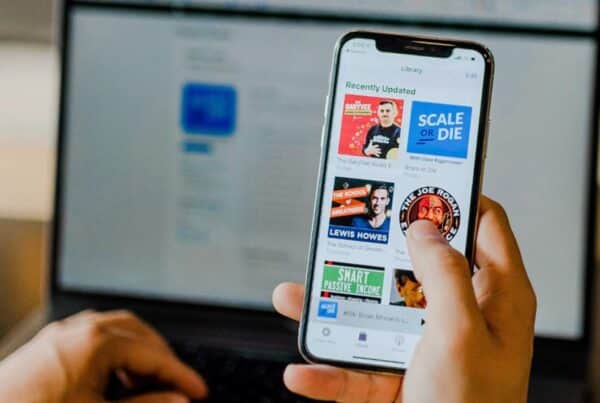How many times have you already seen the terrible pun of a warning to not make 2022 into “2020, too” come across your feed? No one dreams of repeating the same challenges year after year, particularly the challenges that really had us scratching our heads trying to create solutions that would hold steady in the face of many more hurdles.
But the truth is – no matter the state of the world – we as marketers have to continuously prepare ourselves for various new hurdles and next steps. We have to plan for the unexpected and how that impacts our marketing strategies, our messaging, and our budgets.
We’re sharing some of our top wisdoms from the past year to help inspire considerations for future marketing.
#1: Be Good Listeners and Pivot When the Conversation Changes.
Our client, Enterhealth, an alcohol and drug treatment provider, traditionally required new TV and radio spots twice a year. But as the environment changed over the last two years, we realized how important it was to create messaging that kept pace with our target audience as they navigated the pandemic. We created spots that spoke to the target audiences’ needs – at the pace that those needs were changing. To do this, we had to listen carefully to what messages were out in the community and adapt our marketing accordingly.
For example, in the summer of 2021, the prevailing dialogue revolved around businesses preparing for employees to come back to work. To our target audience struggling with addiction (especially those who were hiding it from their employers while working from home), we had an opportunity to communicate that Enterhealth could help them get their addiction under control prior to going back to work.
No sooner had the TV spots been shot, edited, and mastered than the dialogue changed again. With the new Delta variant spreading, businesses postponed opening up offices to employees. Once again, we needed to pivot.
We listened to our audience, and what we heard was that with the added complexities of isolation, frustration, and uncertainty during the pandemic, getting sober and/or maintaining sobriety was a much bigger challenge. It was fight to get sober under those conditions, so the message for the new TV and Radio spot became “Addiction is a fight, and Enterhealth is in your corner.”
The Takeaway: By shifting our creative in real time with our target audiences’ attitudes and needs, our messaging found its mark, leading to an increase in inquiries and admissions for Enterhealth.
#2: Don’t Go Dark: Adjust Your Strategies, Messaging & Tactics to Remain in the Game.
Some of our clients had to limit their ability to serve clients during 2020 and 2021 – if not shut down completely. However, marketing in the healthcare space meant that some of our clients qualified as essential businesses, and we were there to support them.
Rather than recommending a halt to their media placement, we advised most to stay the course but apply a different strategy. Those clients who ran traditional broadcast media simply needed to reconsider what channels they used.
For example, with many companies allowing remote working, there was a decrease in the normal work commute. Running radio spots, especially during rush hours, became a poor way to reach most target audiences.
However, with more people spending time at home, TV consumption was at an all-time high. It was a natural fit to continue running TV, but it was also important to adjust programming and timing based on a “new normal” TV viewership. On top of that, with people now “always on” through the internet, combining TV with a strong digital presence proved a successful combination.
The takeaway: Quickly determining and shifting to the most effective channels kept our clients’ brand messages alive and led to increases in leads and revenue.
#3: Study Behaviors to Uncover New Channels
Beyond listening to our target audiences, we also looked at target audience behavior (particularly when it comes to digital activity), which is inherently easier to monitor than more traditional channels.
Here are some of our discoveries:
- Micro- and even nano- influencers have been on the rise as fruitful outlets for partnered content and social media, in some cases becoming more trusted than macro or celebrity influencers. With more brands wanting to communicate a more personal experience about their products and services to their potential customers, these authentic influencers have been effective particularly relative to industries such as healthcare, financial services and food/nutrition.
- With the consumption for more authentic content, we saw a more grass roots approach to developing stories leveraging inhouse subject-matter experts as ambassadors for the brand. This same content could be turned into earned news media, blogs or white papers. Audiences, now more than ever, crave these authentic answers and media still need experts, so let your people speak for you.
Join us in reflecting on 2021 and let us know what worked for you and what didn’t. What were your best pivots? Drop us a message or call us to chat!



